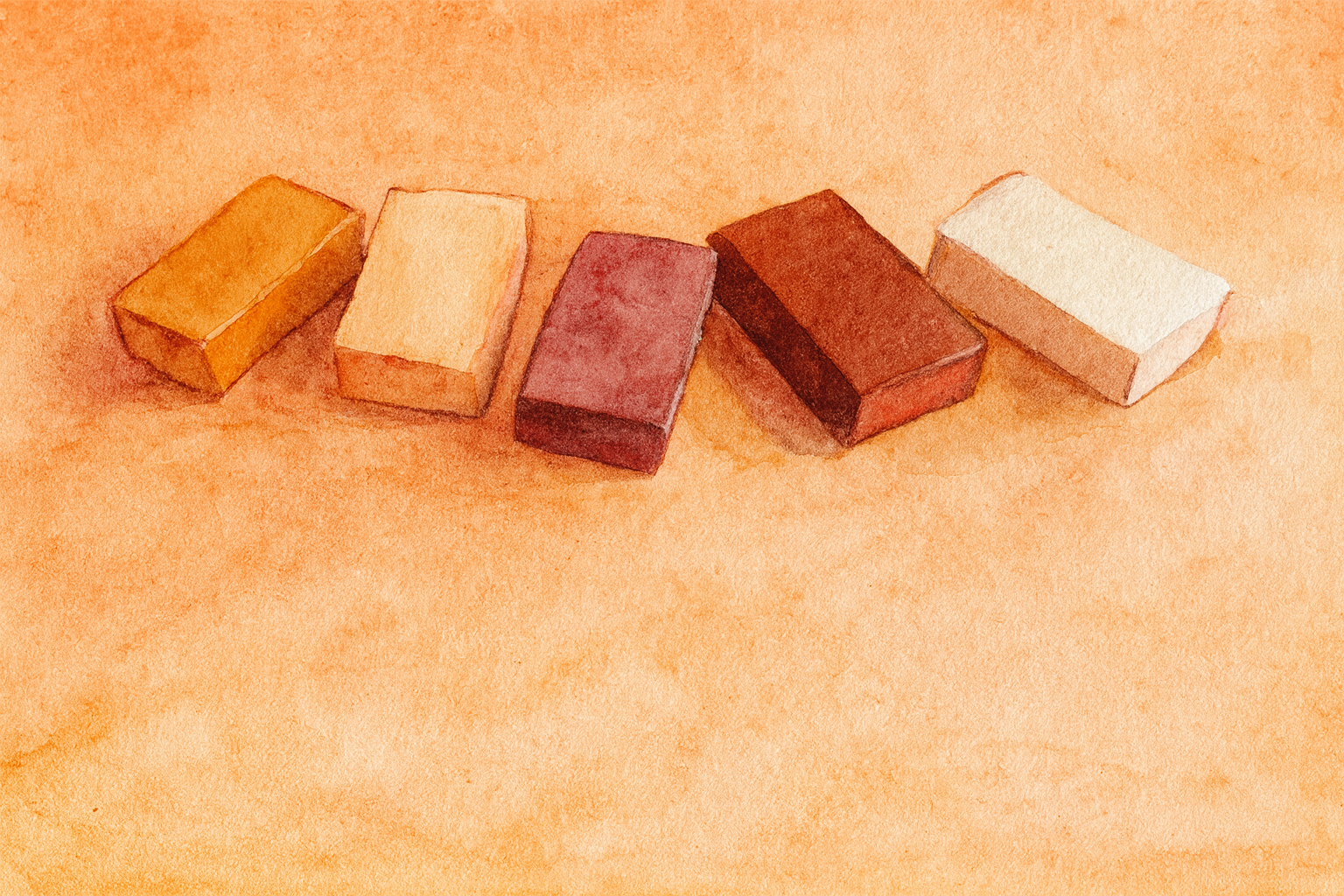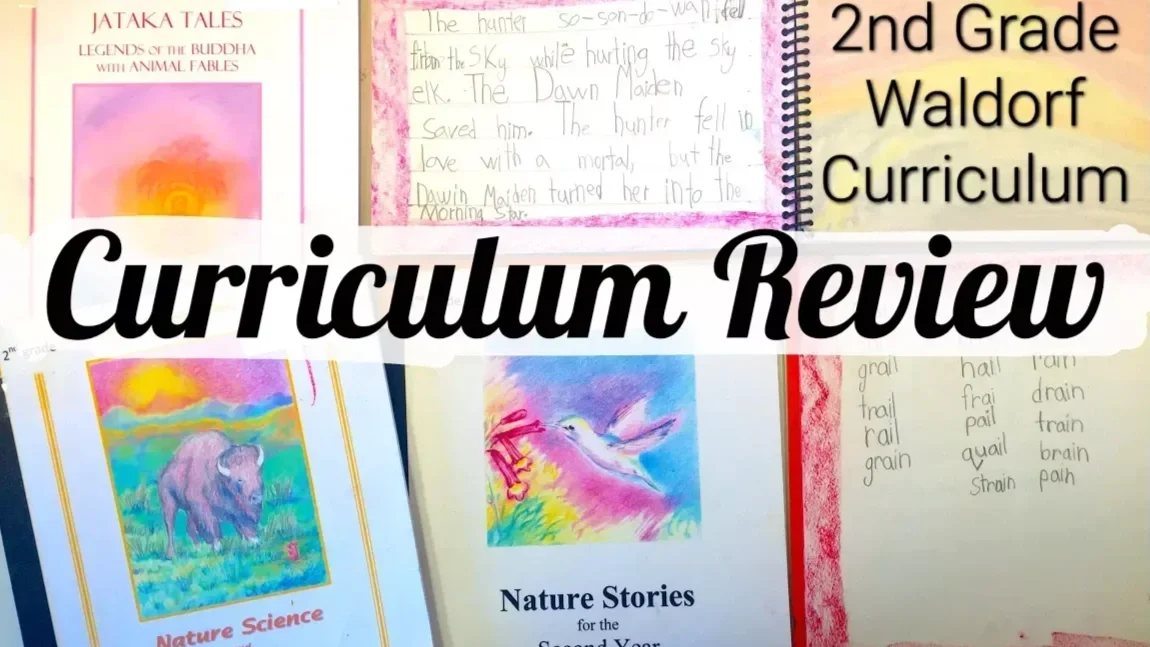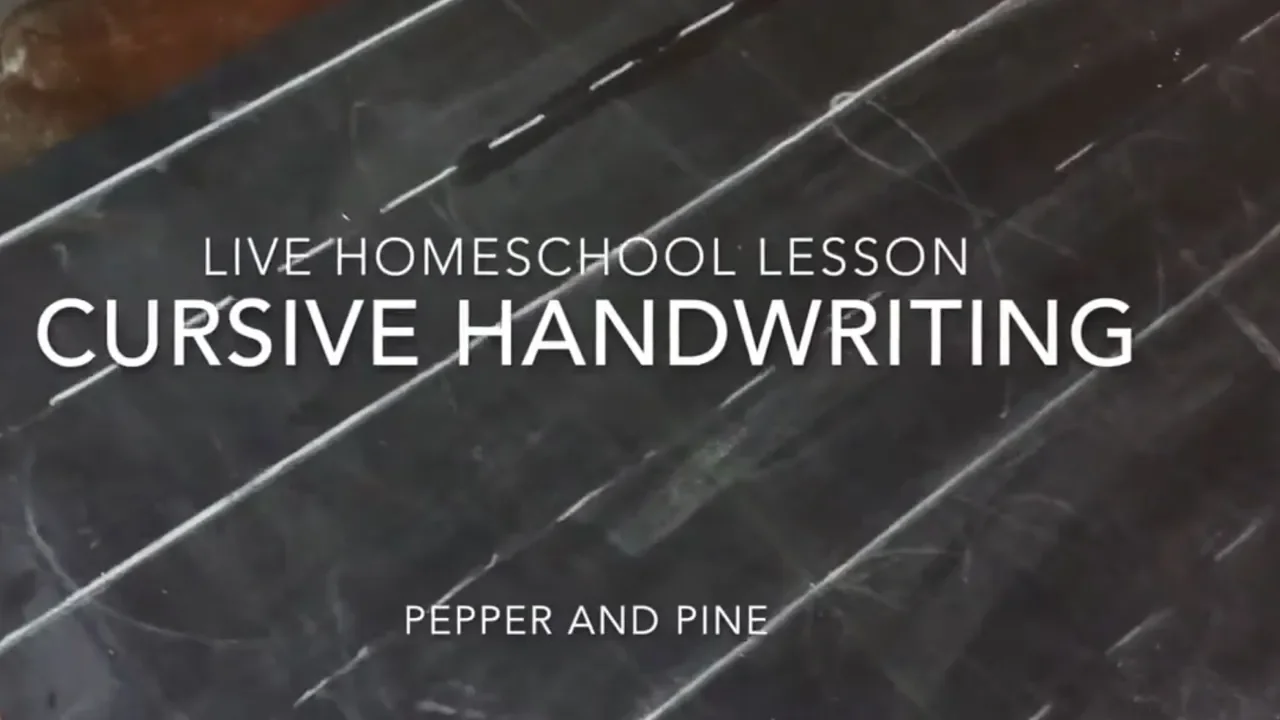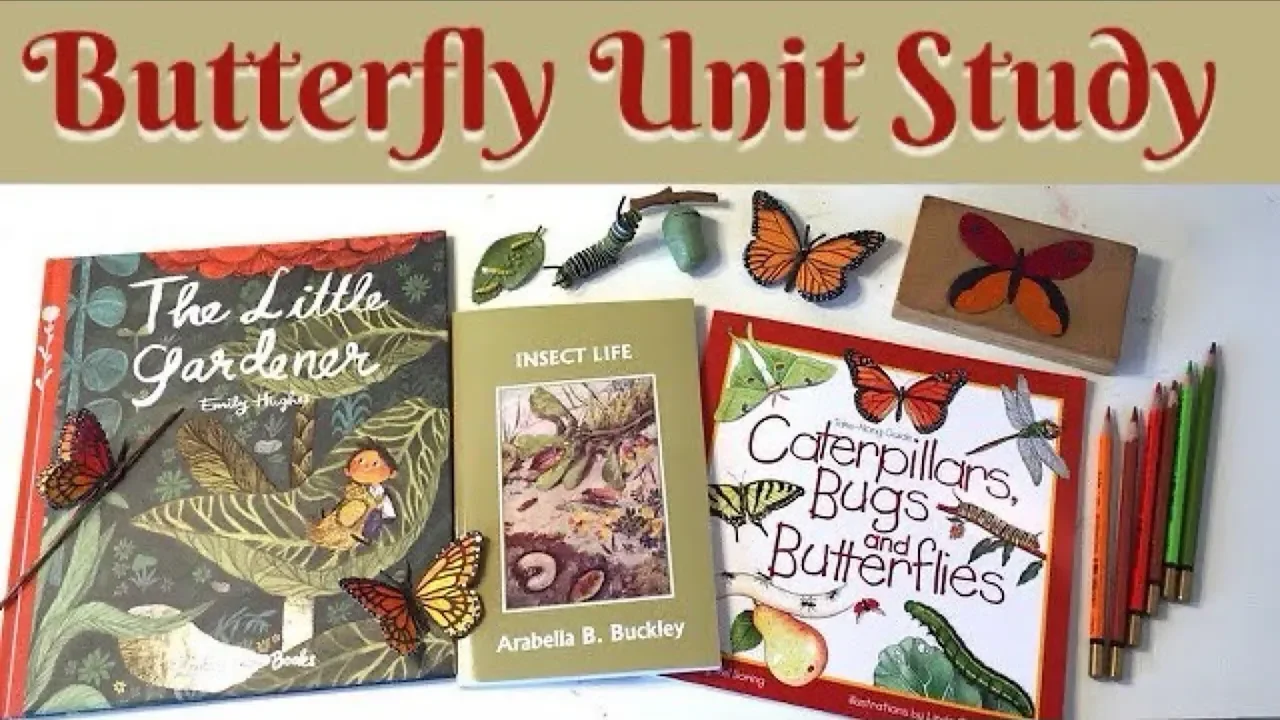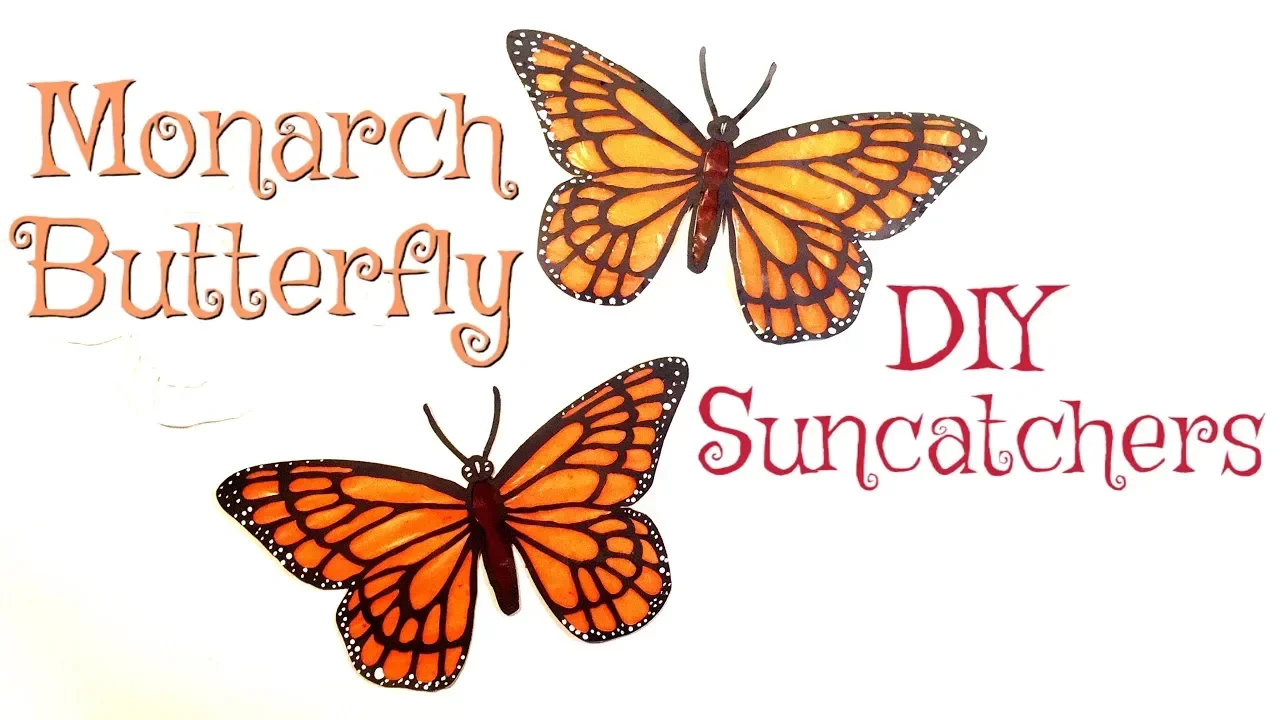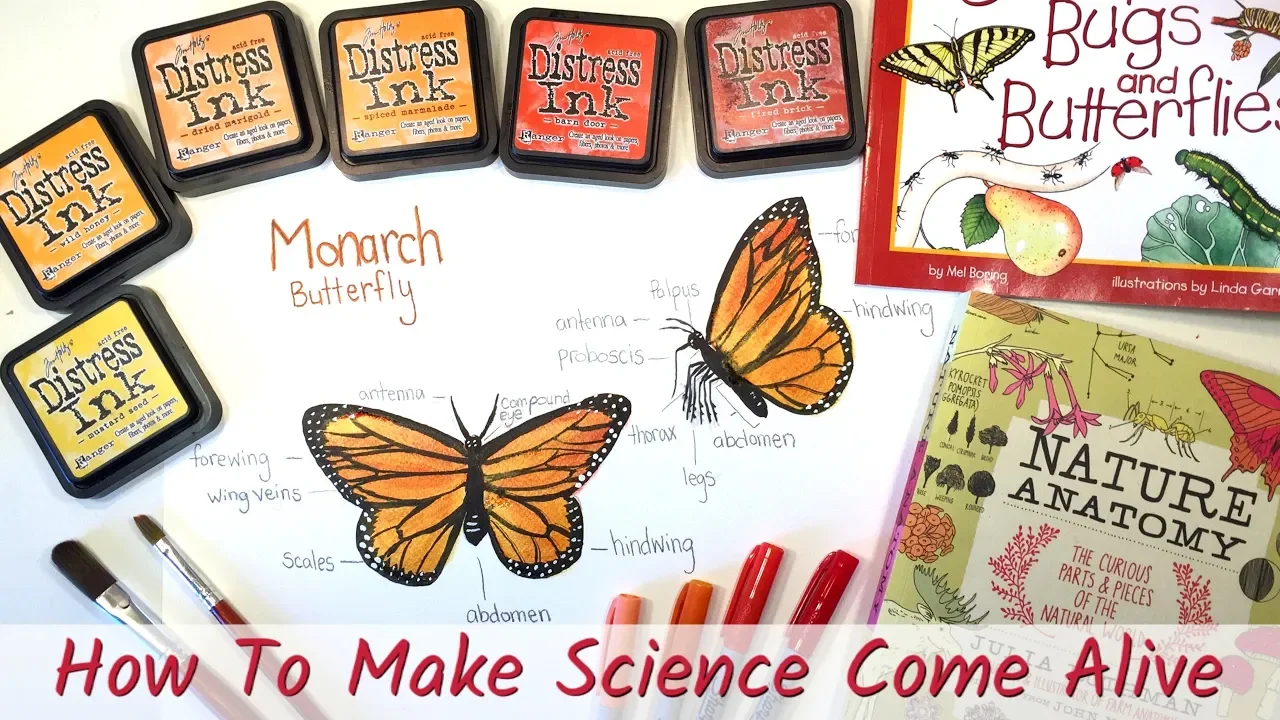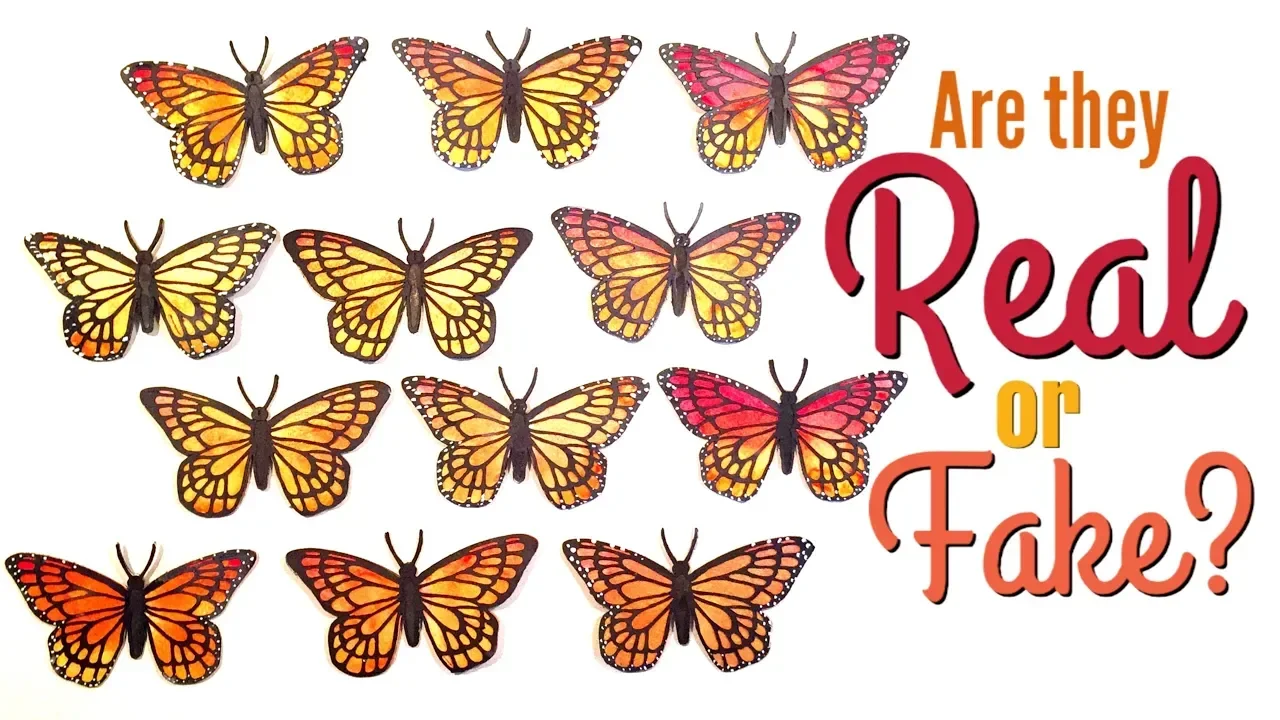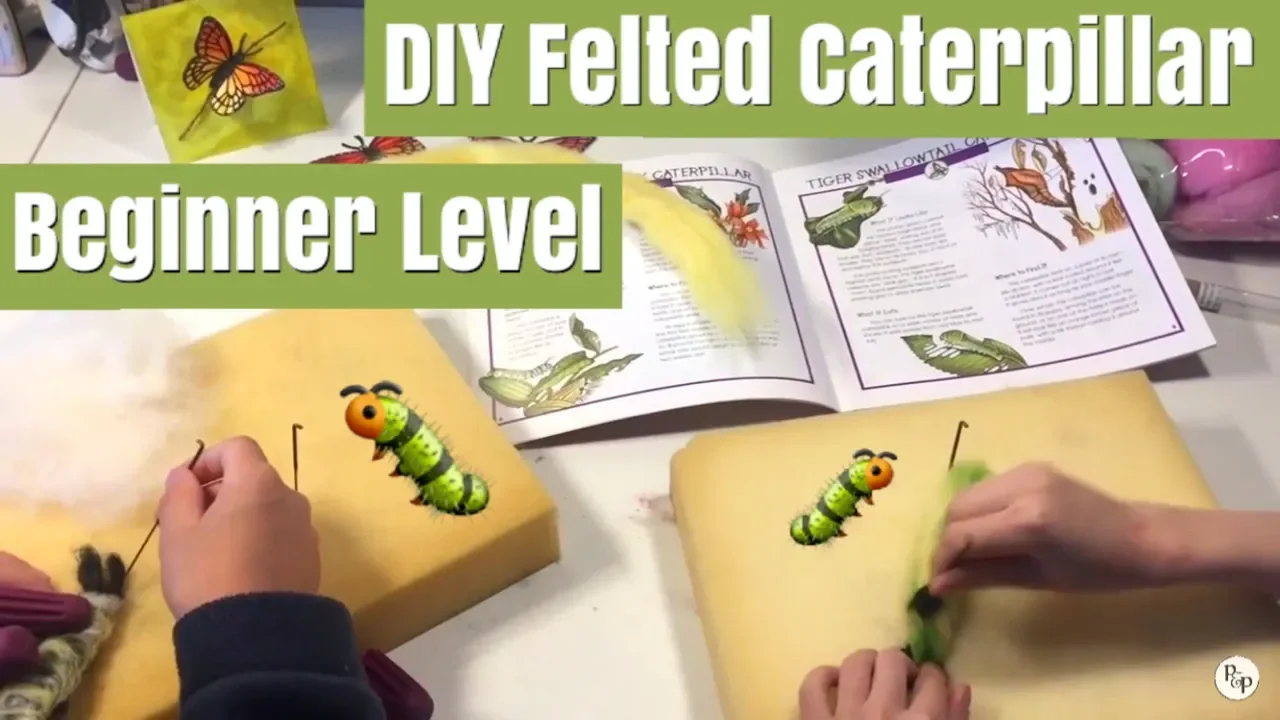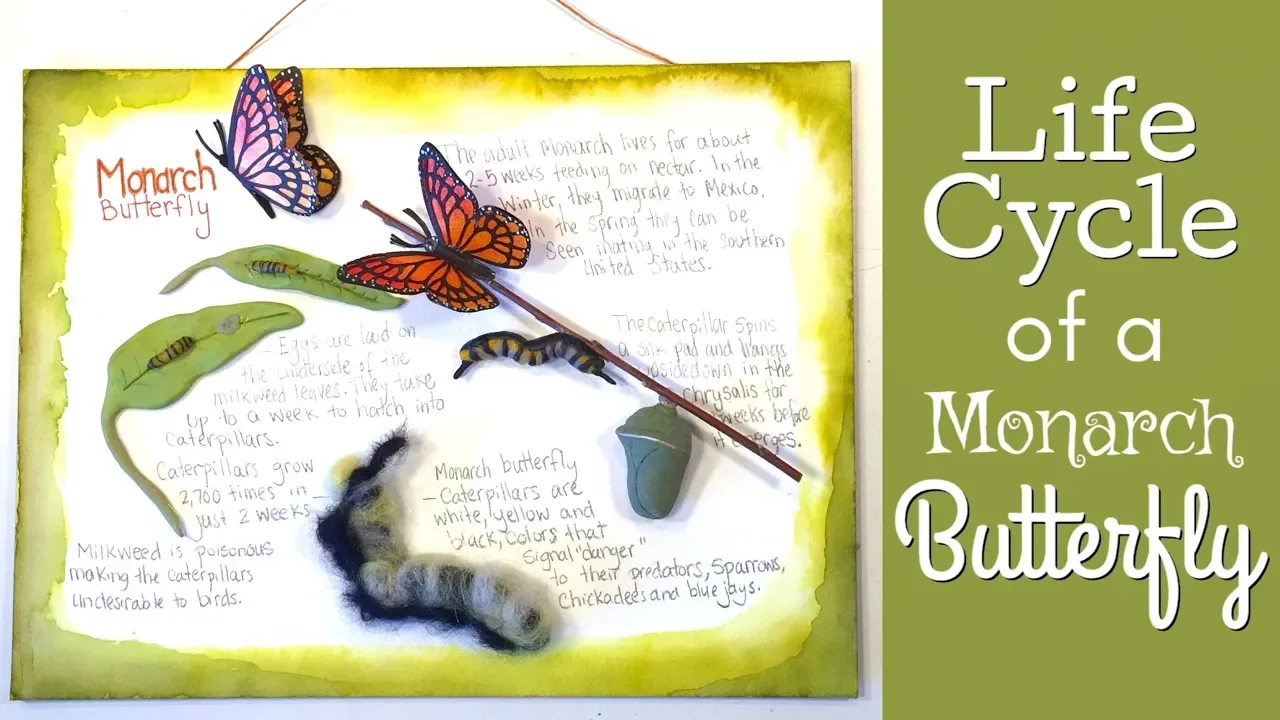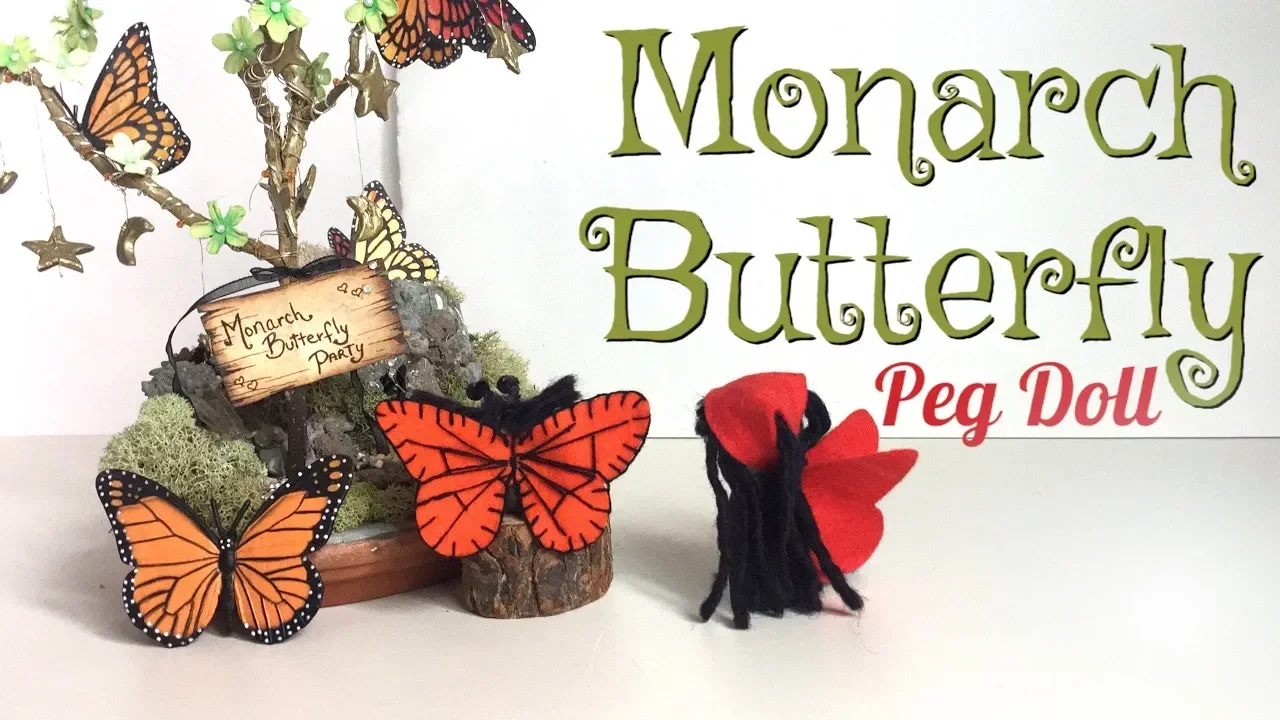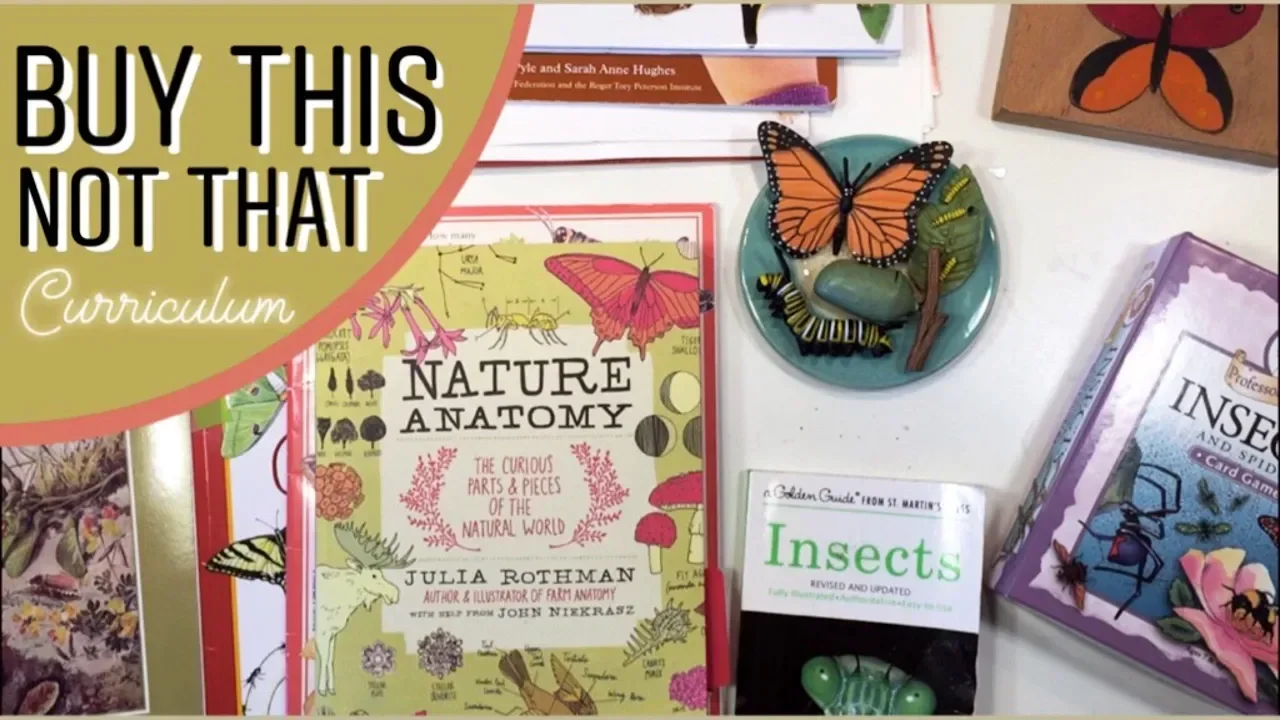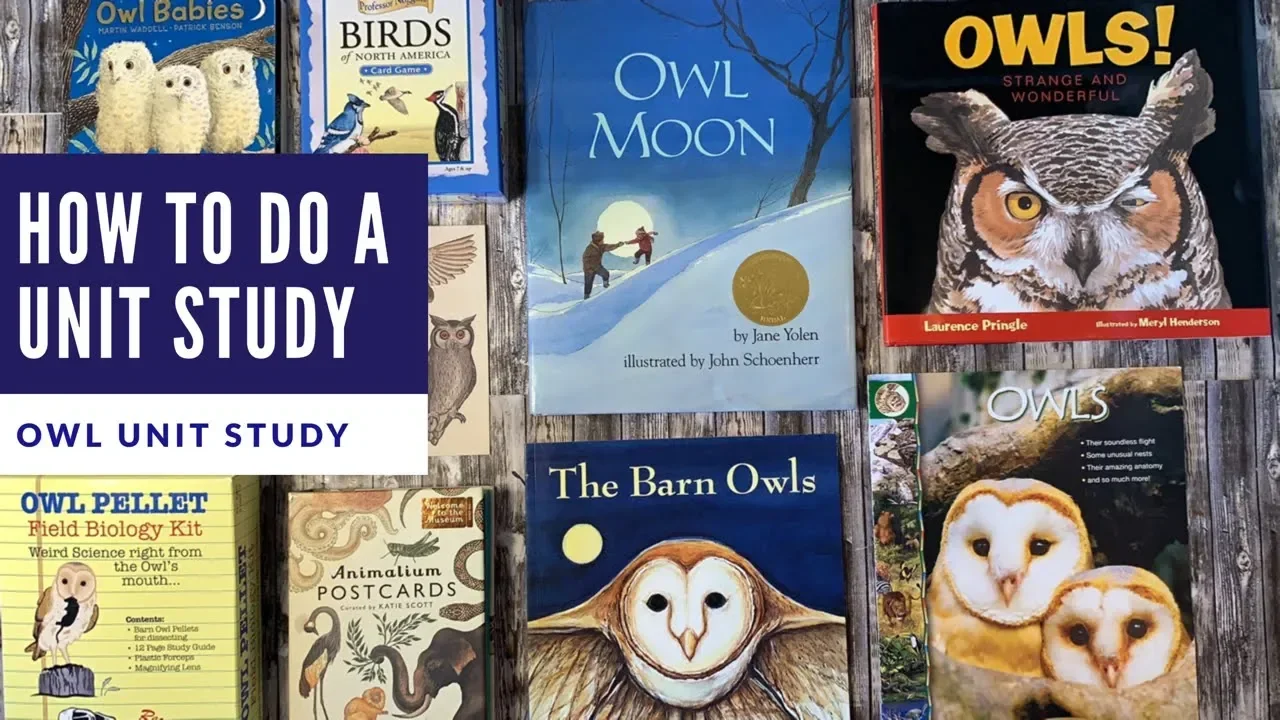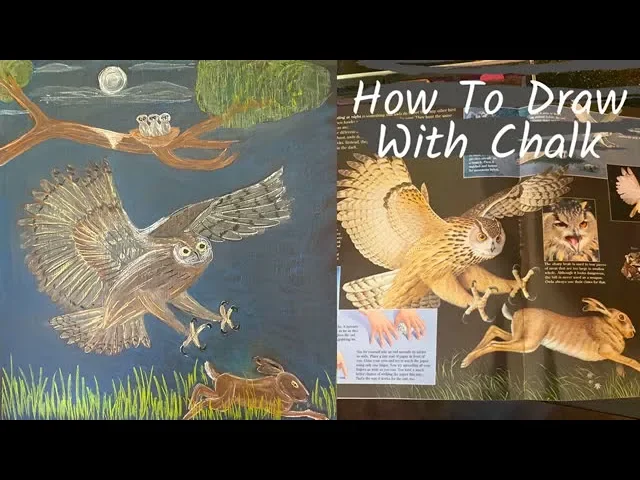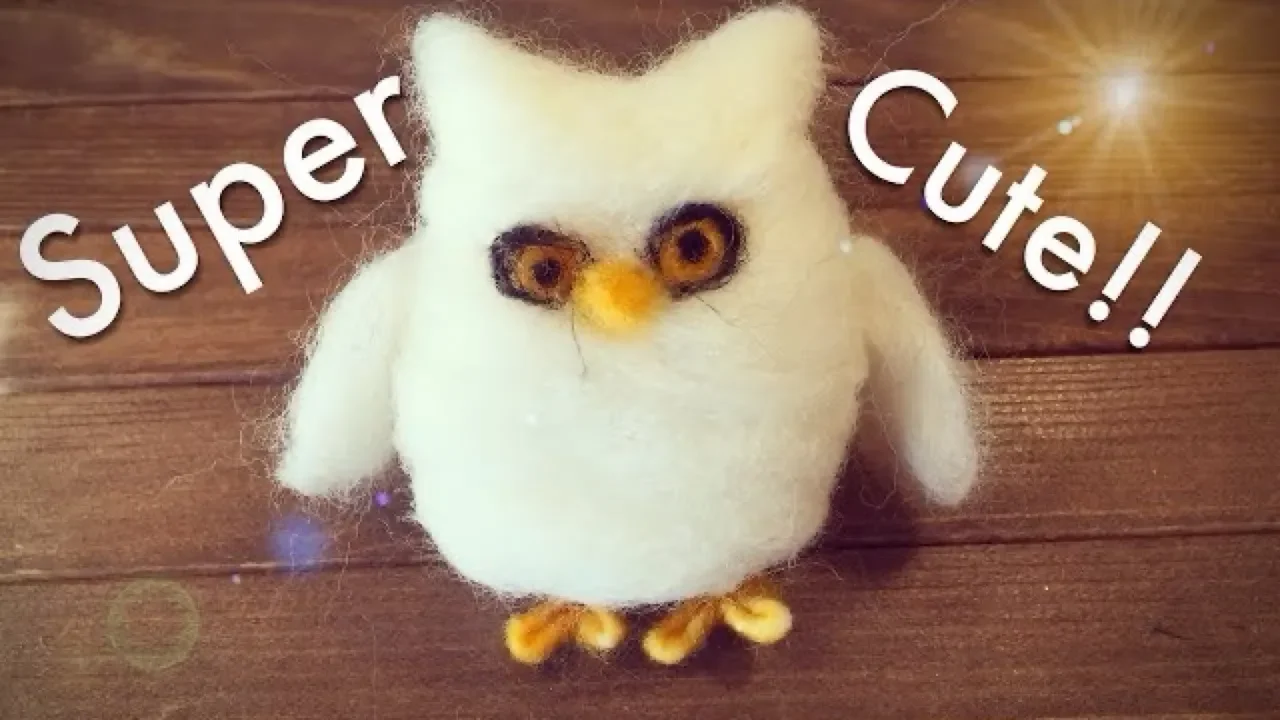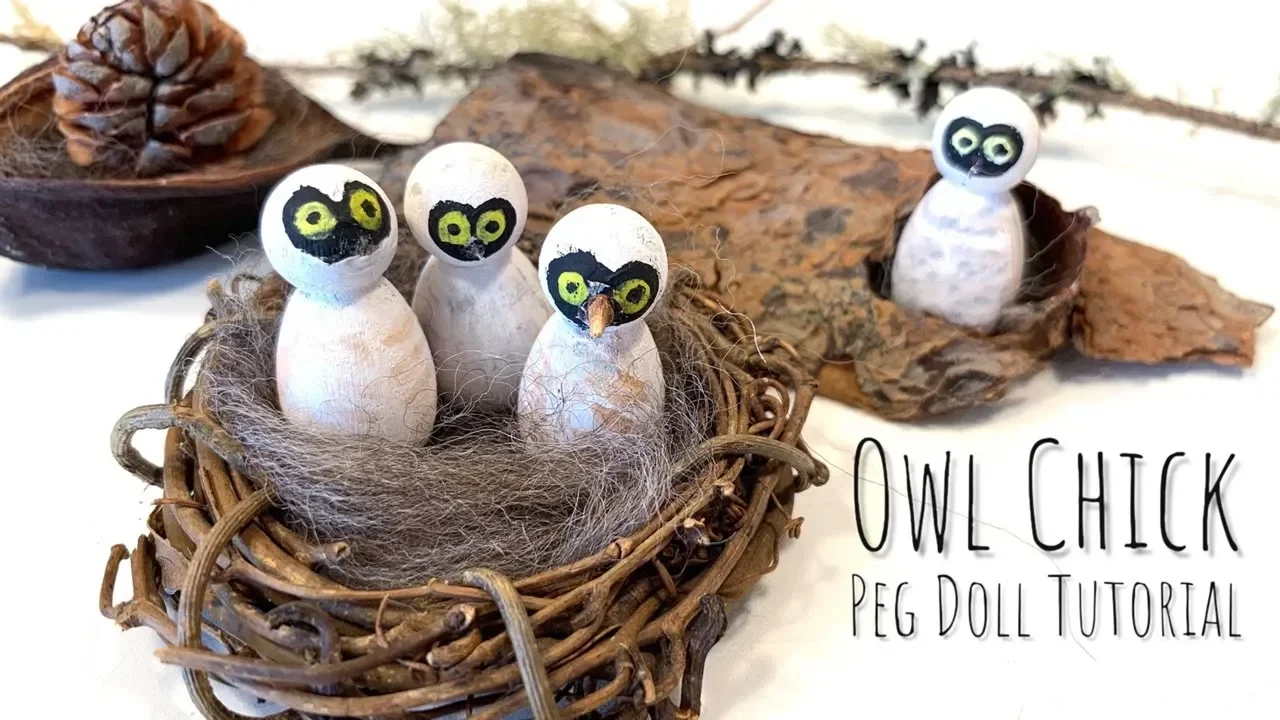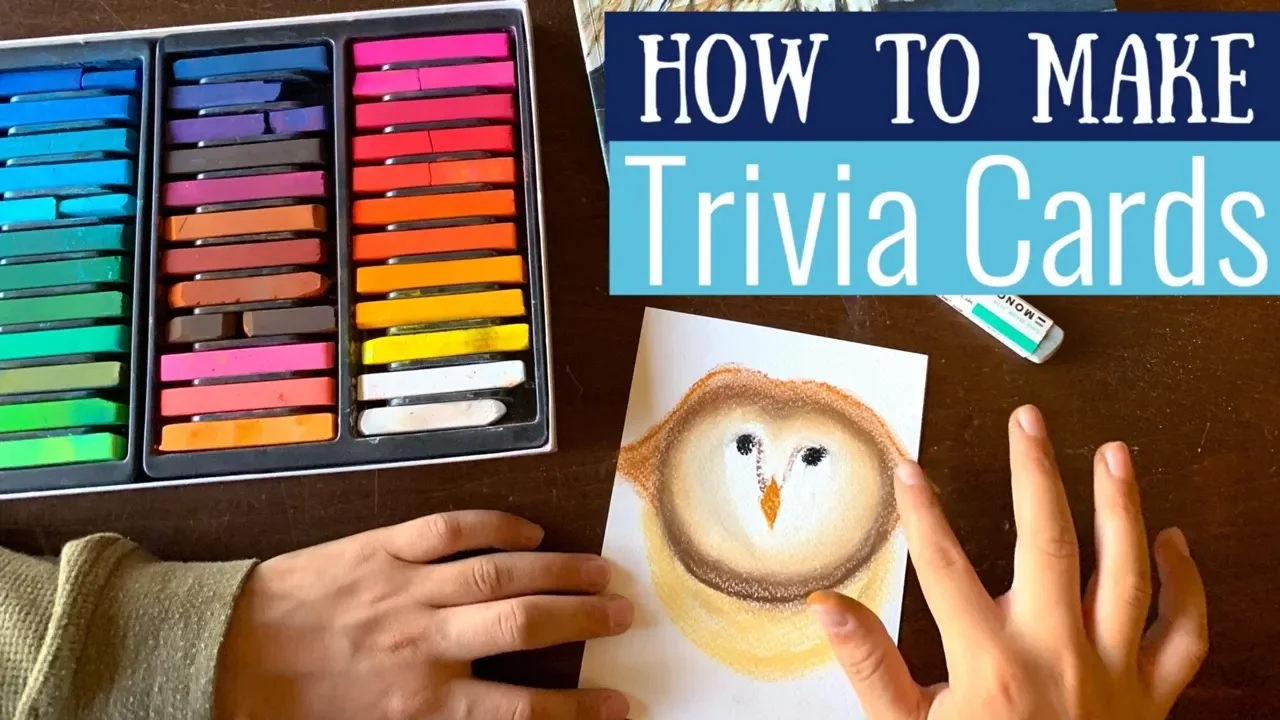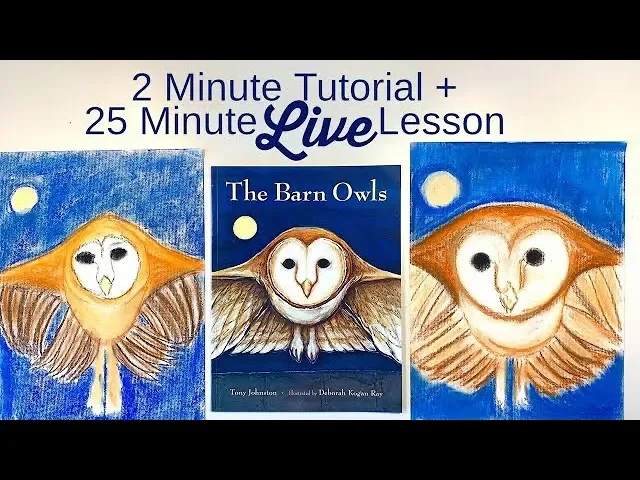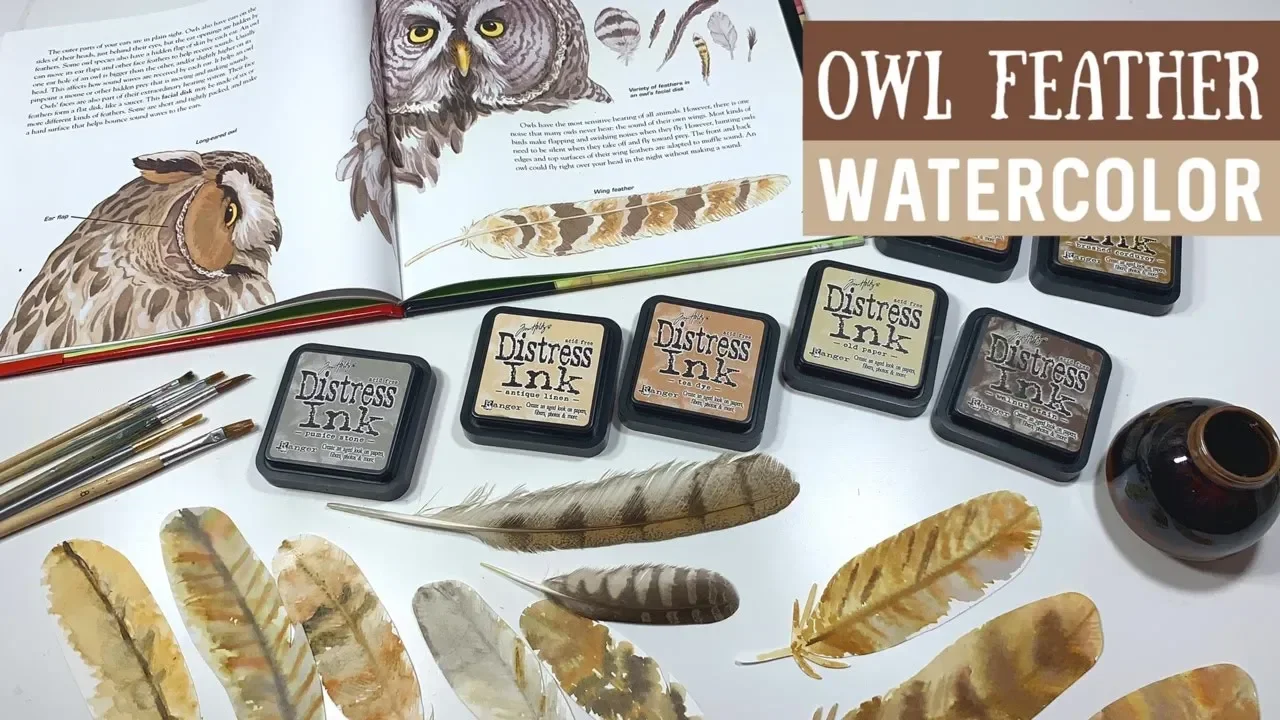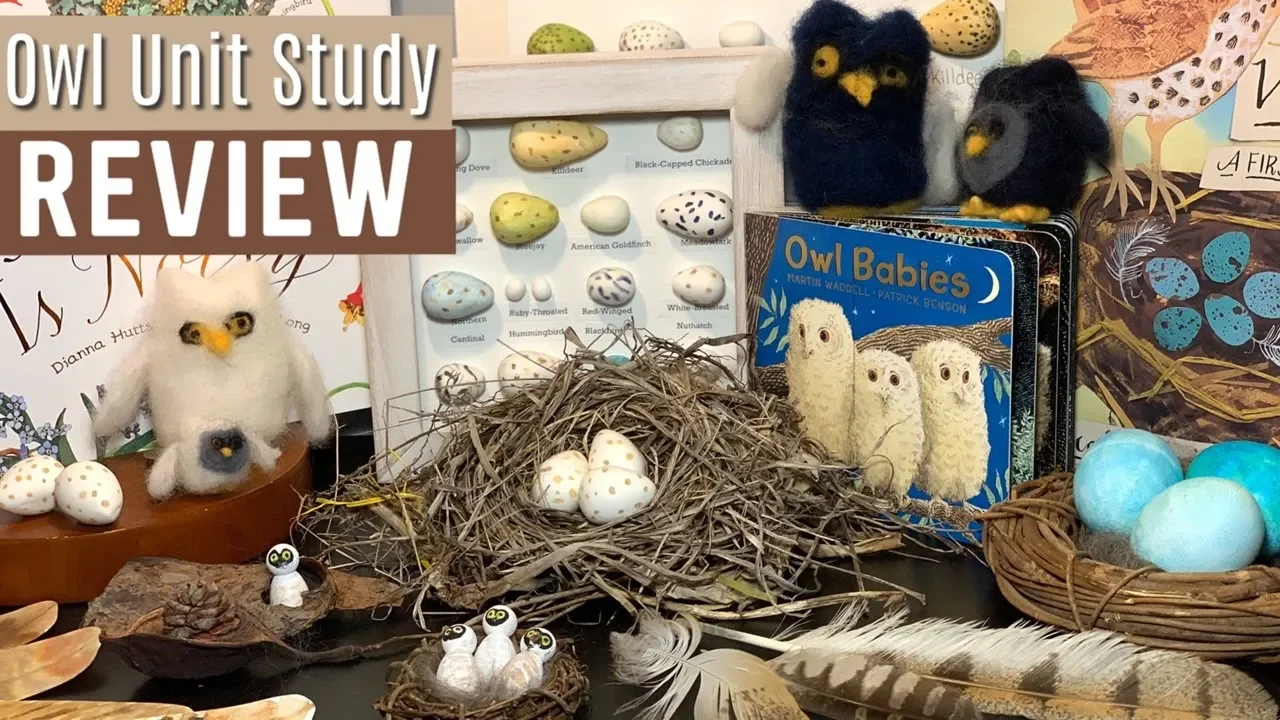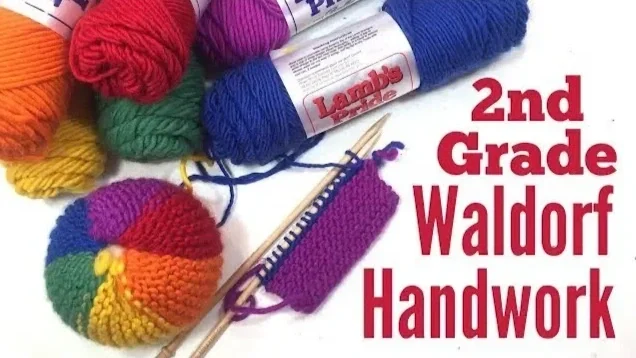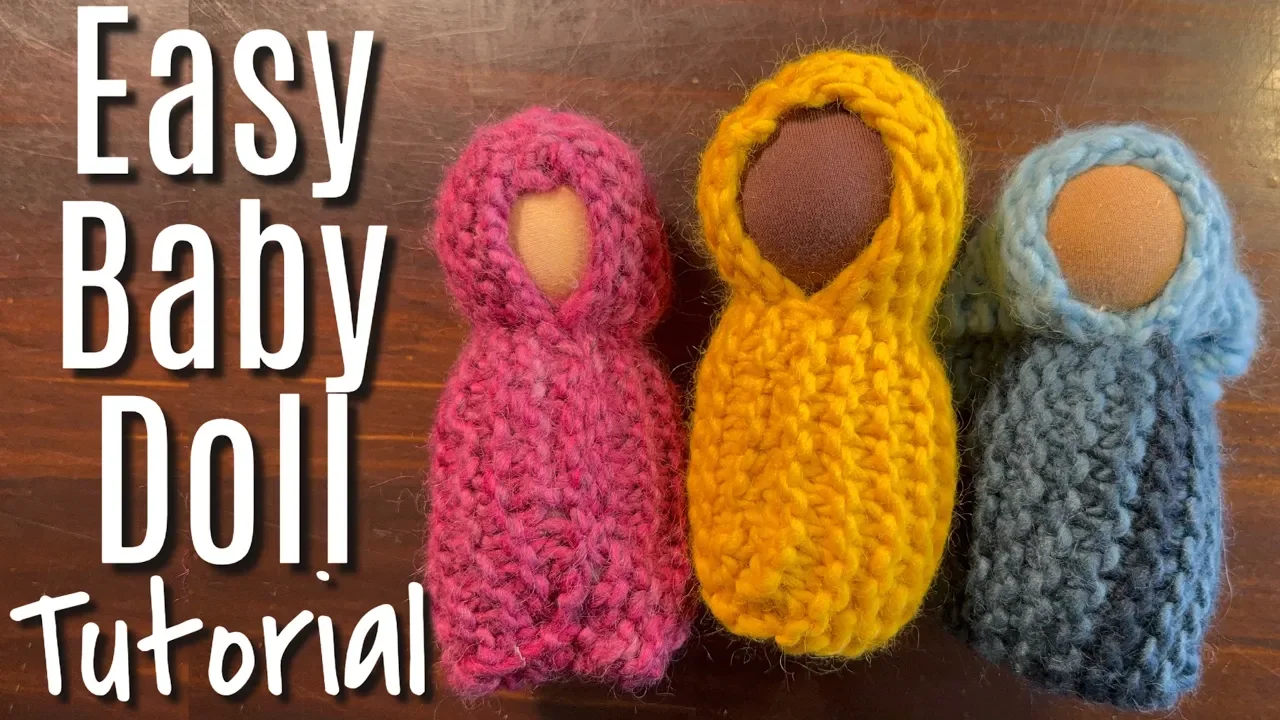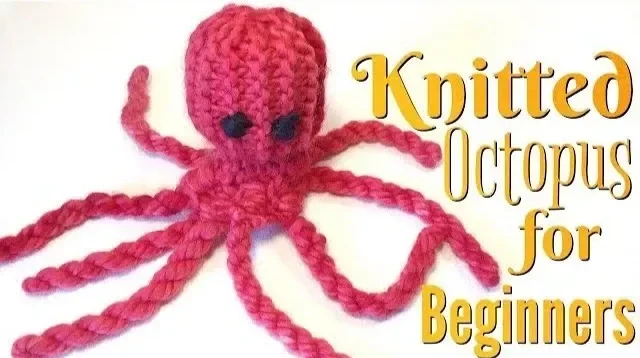Grade 2 | Age 8
By the time students enter Grade 2 in a Waldorf setting the eight-year-old child is ready to practice and become proficient in the material that was presented in the previous year. Grade 1 was a pivotal year for students as it marks a tremendous change from babyhood to childhood. By the time students have entered Grade 2, they have had a year of practice in a school setting. Whether at home or with classmates, students need to learn how to be in community others.
Often times there is an excitement at the start of year, where friends reconnect and the rhythms of learning reengage. Even in a homeschool setting, students are often excited at the start of year. As many of the supplies purchased in Grade 1 will be used throughout the years, we can often use those same art materials again though we will buy new main lesson books or curriculum. The ceremony of starting a school year — of new beginnings — is an important transition that should not be overlooked. In my experience, our beginnings were always celebrated, but we never had a formal closing. I was reminded how important an ending is and should be marked in the same way a beginning is acknowledged.
The Grade 2 student has some familiarity with formal academics, having experienced a year of building rhythm and routine within an academic setting. We now begin to build upon those habits while recognizing the development of the eight-year-old child. In the previous year, children viewed the world as good and saw good in people and their environment. In Grade 2, we will see the first glimmer of a moral awakening in the child. At around age 7 or eight children begin to notice differences: good and bad, light and dark, kindness and mischief.
The Grade 2 Waldorf curriculum meets these developmental shifts with stories of saints and fables, math lessons in rhythm and repetition, and with an overall deepening of the skills that were introduced in Grade 1.
The Grade 2 student is still in a world of wonder and imitation, but they’re having the emerging hint of discernment. Whereas they saw the world as good previously, their new awakening to these polarities invites a more complex view of the world, even though it is still seen as beautiful.
The Grade 2 student is seeking moral examples. This will help develop their own inner guide of right and wrong. The stories of animal fables, and the Saints bring about archetypal examples that will help develop the child. While we used the stories of the fables, and those of native American legends, we opted to choose different culturally appropriate stories rather than those of the Saints. In all these stories, the theme of people who promote good character and high standards.
When teaching the fables it is important that the story is presented without expressly identifying the “moral of the story”. By leaving out the “moral of the story” in these fables, the story of remains living for the child. The child may revisit the stories now and in the years to come, and developing the moral of the story on one’s own, will have a deeper more profound effect on the child. We typically used Aesop’s fables but there are cultural folktales and regional stories that may represent of your unique background, cultural heritage or religious beliefs.
The fables are used in the language arts main lesson block to continue reading, writing and comprehension skills. Spelling and phonics is especially important in the younger years, so as not to create bad or clumsy habits when it comes to writing and spelling. However, grammar lessons are reserved for Grade 3.
Now that the child has learned to read their own writing, working on sentence structure can be explored through copywork and dictation. Copywork is often extracted from the stories that are being presented as part of the main lesson.
Some teachers may choose to begin with cursive writing in Grade 1 others wait until Grade 2 and yet others may wait until Grade 3. Each has its benefits and challenges. Writing mechanics may still be challenging for some students, so form drawing is encouraged and continues in the younger grades. In language arts, students enjoy tongue twisters, recitations, verses and poetry to build strong language skills and clear speech.
In mathematics, students review the four mathematical processes of addition, subtraction, multiplication and division, and continue to practice these processes through single and double digit numbers. The multiplication table may be introduced through rhythm, song, movement and skip counting. Movement math is a great way to learn math skills in a fun and interactive way. Often we did beanbag tosses for our open activities in math or included mental math to practice basic skills.
Specialty classes in music, eurythmy, handwork and foreign language continue. In our homeschool setting, we focused on handwork and foreign language. But each family may choose to include more or less of the specialty classes.
Nature stories make up the science main lesson block for Grade 2 and are connected to the native American legends when applicable. Festivals and seasonal activities still play a major role for the second grade student. They deeply enjoy these activities, and they are opportunities to bring the family or the class together.
Daily rhythms of in-breath and out-breath work continue. And as the parent/teacher is getting to know their student and themselves on a deeper level, as well as their students temperaments, they will be able to gauge how deeply to engage in each lesson.
As there are no homework, textbooks or worksheets, all work is done during class time. In our homeschool setting, I began to offer daily work in grammar and math and Grade 3 or 4. But in Grade 2, my students had plenty of free time to continue they’re open ended play. Often they would spend hours a day engaged in imaginative games, pretend play, and open ended play.
2nd Grade Waldorf Curriculum | Grade 2
Taking a look at the Live-Education 2nd grade Waldorf curriculum you'll find a unique approach to the subjects typically found in most curricula for this age. I will also give you a peek at the main lesson books my son made. There are no workbooks or textbooks in this curriculum, so you're going to have to actively participate to make this curriculum work. It's definitely teacher-led and all lessons are delivered by the teacher in an oral manner. The teacher familiarizes herself with the material (provided in the curriculum), then delivers the lesson. From experience, I know I didn't always have the time to prepare ahead of time, so on many occasions, I would read directly out of the source book (also provided). You may also choose to use literature of your own choosing as we did during 2nd grade. We still used the same lessons provided in the curriculum but used different stories to base the lessons on. We used stories that were similar to the ones provided.
This is a boxed curriculum with everything provided that you'll need for the year with the exceptions of your supplement materials which include but are not limited to main lesson books, art supplies, a recorder and craft supplies. These items can be made or purchased separately.
You can see what main lesson books are by clicking here.
Want to see if this curriculum is right for you?
You can find the 2nd grade Waldorf curriculum here.
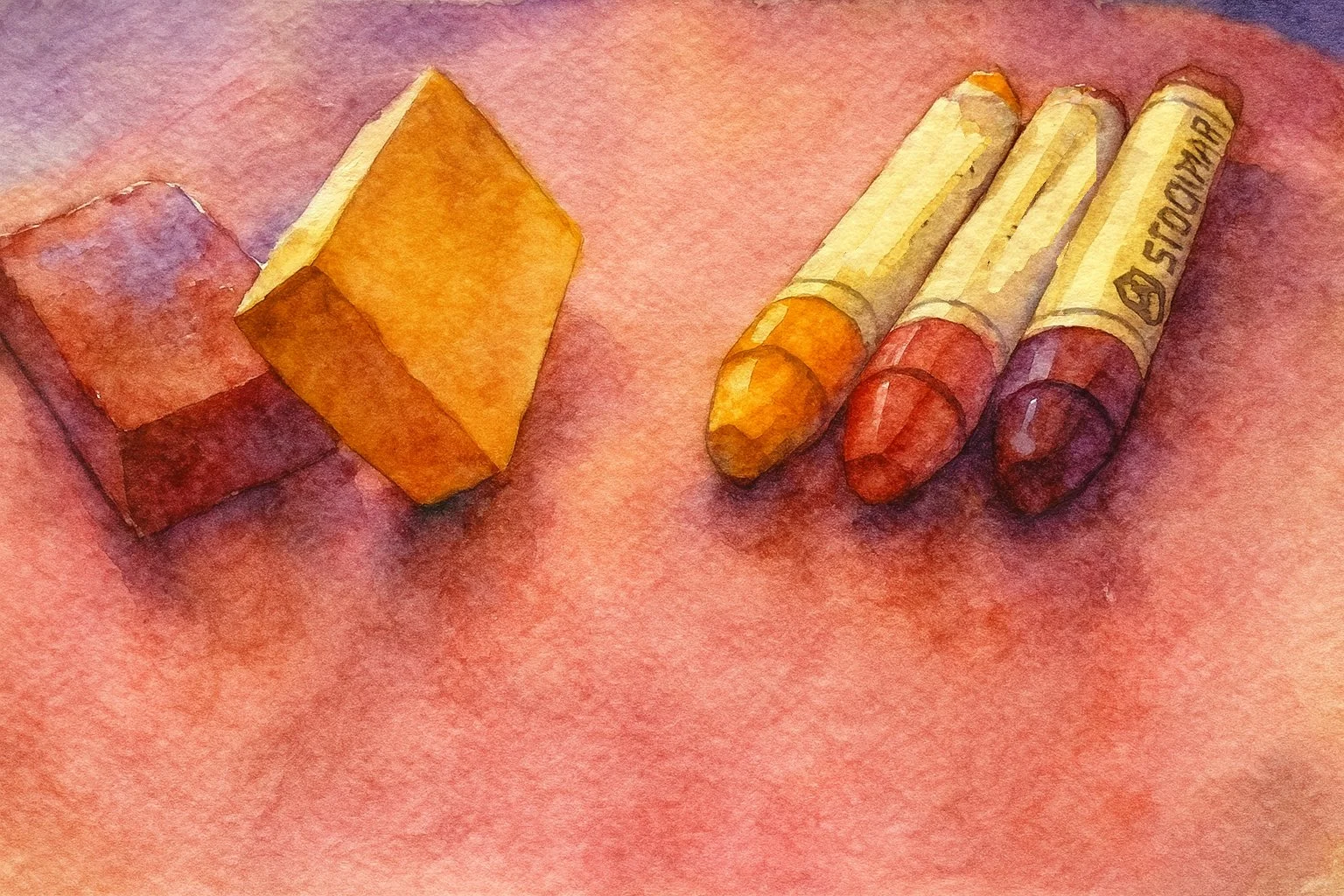
Grade 2
Grade 2
Butterfly & Caterpillar Unit Study
Owl Unit Study
Handwork Projects | Grade 2

Grade 2
2nd Grade Waldorf Curriculum | Grade 2
Taking a look at the Live-Education 2nd grade Waldorf curriculum you'll find a unique approach to the subjects typically found in most curricula for this age. I will also give you a peek at the main lesson books my son made. There are no workbooks or textbooks in this curriculum, so you're going to have to actively participate to make this curriculum work. It's definitely teacher-led and all lessons are delivered by the teacher in an oral manner. The teacher familiarizes herself with the material (provided in the curriculum), then delivers the lesson. From experience, I know I didn't always have the time to prepare ahead of time, so on many occasions, I would read directly out of the source book (also provided). You may also choose to use literature of your own choosing as we did during 2nd grade. We still used the same lessons provided in the curriculum but used different stories to base the lessons on. We used stories that were similar to the ones provided.
This is a boxed curriculum with everything provided that you'll need for the year with the exceptions of your supplement materials which include but are not limited to main lesson books, art supplies, a recorder and craft supplies. These items can be made or purchased separately.
You can see what main lesson books are by clicking here.
Want to see if this curriculum is right for you?
You can find the 2nd grade Waldorf curriculum here.
Homeschool Curriculum Comparison 2nd Grade
It's one of the hardest things choosing a curriculum. Today, I'm sharing two boxed curricula that are Waldorf inspired. One more so than the other, yet one is more user-friendly than the other.
You can see other curriculum reviews here.
I'm featuring the old version of the Oak Meadow 2nd grade curriculum you can only find second hand, but you can find the updated version of the curriculum at the Oak Meadow website.
The Second grade curriculum for Live-Education was updated in 2010 and can be found here.
This overview compares two Waldorf-inspired second-grade curricula: Live Education and an older edition of Oak Meadow. The updated Oak Meadow for upper grades diverges significantly from Waldorf, but this older second-grade edition shows more overlap. Because Oak Meadow no longer sells this version, it is typically found secondhand.
Live Education includes: Nature Stories, Nature Science, Collection of Golden Legends (source book), Animal Fables from Around the World, Teaching Animal Fables, Teaching the Golden Legends, Nature Arithmetic and Form Drawings, and Legends of the Buddha with Animal Fables. These are teacher resources, not student workbooks, so the pages are dense and the font is small. The intent is to guide lesson presentation rather than provide consumable worksheets.
Oak Meadow centers on a Second Grade Syllabus divided into 36 weekly lessons. Each week integrates multiple subjects aligned with assigned stories and suggests music, crafts, and health (the health book may be separate). Coordinating books include Ben and Meg (first reader), Just So Stories, Animal Stories, and Your First Book of Nature Crafts; supplies are purchased separately. Oak Meadow pegs second grade around age seven, while the Waldorf second grade is typically around age eight.
The difference: Live Education follows rotating main-lesson blocks (three to four weeks per theme) with general guidance for opening activities, leaving more planning flexibility. Oak Meadow is a consolidated, “all-in-one” format with larger fonts, more white space, and weekly plans in one place, including morning activities. In Live Education, stories are the spine for other subjects, Native American tales feed nature science; Golden Legends support writing and grammar, with a broad mix of fables from Aesop, India, Africa, China, and Buddhist traditions.
For both curricula, families will still need main-lesson books and quality crayons or colored pencils (stick and block crayons suit second grade). Oak Meadow’s dedicated craft book simplifies adding handwork, while Live Education invites crafts and skills to be woven into the block work. Additional details and links, including sources for Live Education and the updated Oak Meadow edition, can be provided or referenced as needed.
Live Cursive Handwriting Lesson |
I'm pulling this out from the Pepper and Pine Archive! Never posted. If you are enjoying this at the time of release in 2025, know that this video is 7 years old. Much as passed since that time.
Here's a live homeschooling lesson for cursive handwriting for my 12-year-old son. Handwriting has always been a struggle for my boys, but with practice, they've definitely improved. I've teetered on the fence of whether or not to teach cursive handwriting and insist that my students master this skill. While I've presented and taught cursive handwriting to each of my students so far, I have not insisted that they master it or use it in their dictation, copywork or narrations. Because they've struggled with it, I left it off until they were better at handwriting and more willing to try. With my 12-year-old son, that time never came. He always complained and disliked it. With other lessons that were more pressing, I didn't choose this battle, and rather dismissed the lessons before mastery.
This year, I've approached cursive handwriting differently, as so far it's been hugely successful. First, I made DIY handwriting paper with one of our 'mini' chalkboards we got from Waldorf Supplies. It's 22"x32", so not tiny by any means, but certainly smaller than my mounted 4'x6' chalkboard. These are small enough to be portable and light enough to be mounted with mounting tape. I drew in lines for him and gave him a piece of white chalk to practice our copywork which consists of Islamic Dua from the book The Accepted Whispers. By writing complete sentences, or rather just words, my son has learned cursive handwriting in a more enjoyable format. Rather than toil through lines of H's and R's, he can write whole words and sentences. The other thing that has made this more successful than past attempts is using chalk. While some may disagree on the use of chalk to learn handwriting versus becoming accustomed to using a pencil or a pen, it was the preferred method for centuries. Using chalk allows for a smoothness that easier to achieve than with pencil. You can also easily erase simple mistakes and keep going and it's environmentally conscience.
Our chalkboard rests easily on my son's desk and with a mini erasers, he can practice as much as we needs. The limited lines and large format also eases students into mastering the cursive handwriting skill.
Since the introduction of cursive handwriting in this way, not only has my son dramatically improved his handwriting, he willing does his lessons and even asks to do them!
We used chalkboard that can be found at Waldorf Supplies.
